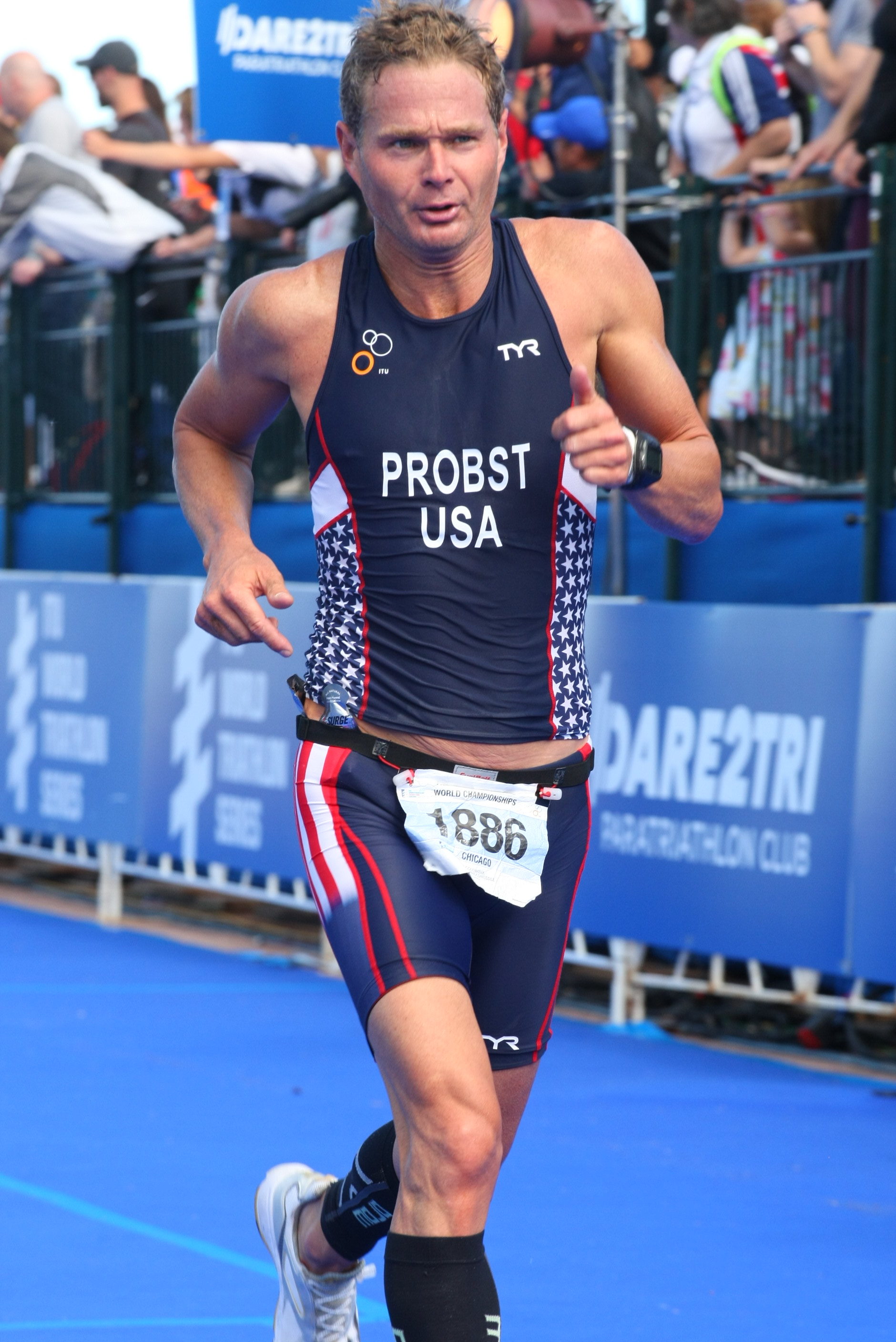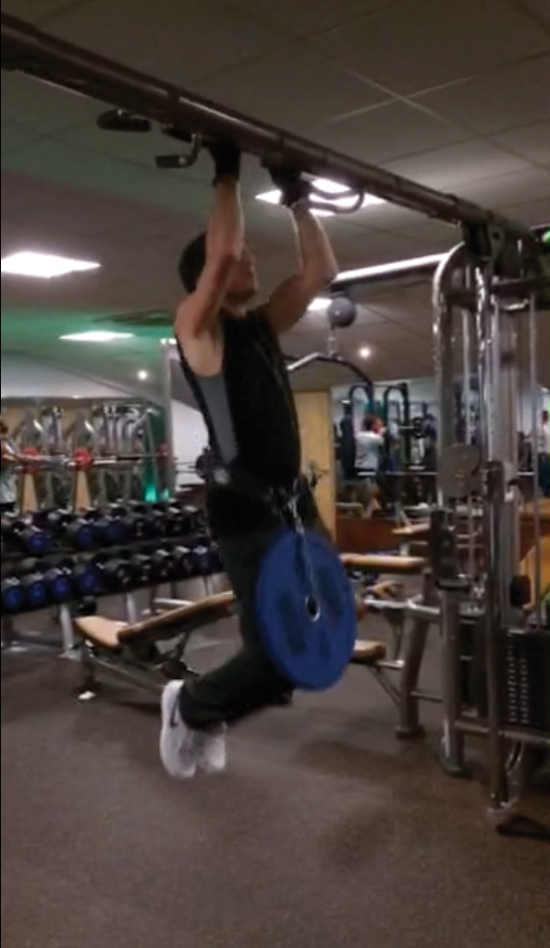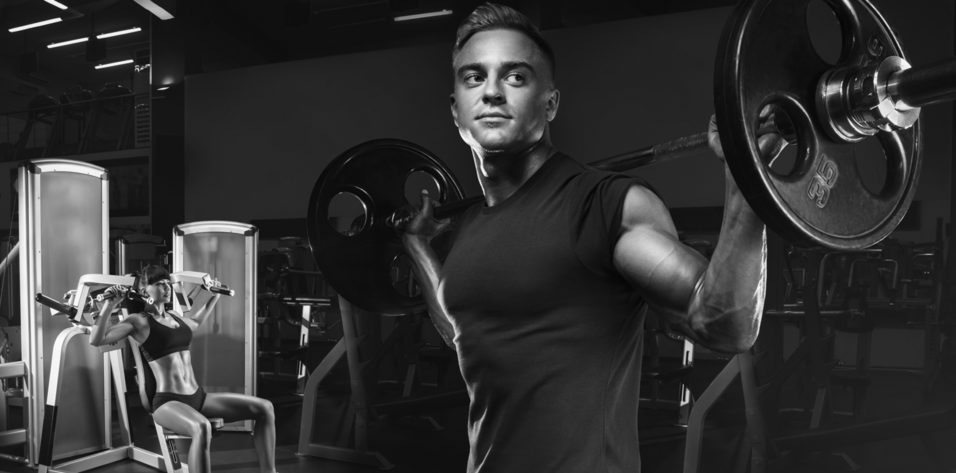As a physician, you have dedicated your life to helping others get and stay healthy. But how much time do you dedicate to your own health and fitness? Are you aware thaat better fitness can improve your skills as a surgeon?
It is well documented that exercise improves a wide array of health markers, from blood pressure to cholesterol, and that it may prevent numerous chronic illnesses including heart disease and certain cancers. You probably know this already. But did you know some studies suggest that your hand dexterity can improve with exercise?1 Age can have a negative effect on hand strength,2 but one study suggested that maintaining hand strength as you age can help you retain better hand dexterity.3 Another demonstrated significant reduction in hand dexterity error among people who performed yoga breathing exercises.4
It is not only your body that reaps rewards from exercise, but also your brain. Recent research suggests that regular moderate-intensity exercise stimulates brain regions involved in memory function to release a chemical called brain-derived neurotrophic factor (BDNF).5 BDNF rewires memory circuits so that they work more effectively.
In a popular TED Talk, British neuroscientist Daniel Wolpert, FMedSci, FRS, stated that the reason our brains evolved was not to think or to feel but to control movement.6 Movement is the central theme that underpins physical health and exercise. When we move, we blend the three pillars of fitness—strength, cardiovascular health, and flexibility—into one. Some movement activities use more of one component than the others, but all three are necessary to create movement.
HOW MUCH EXERCISE?
So how much should we move? What kinds of exercises should we do? The amount, type, and intensity of exercises one should do are hotly debated topics. Some organizations recommend light daily exercise that gets the heart pumping, such as brisk walking, swimming, and yard work. The American College of Sports Medicine recommends resistance training two to three times per week, flexibility exercises two to three times per week, and 150 minutes of moderate-intensity exercise per week or vigorous intensity exercise three times per week for 20 minutes.7,8
As a strength and conditioning specialist, my advice is not to worry so much about these details, but instead to move more rather than less. Walking, hiking, swimming, running, playing sports, lifting weights, and doing yoga, among other activities, are all beneficial. Worrying about whether one is more effective than another misses the point, which is to move more and to stay active. You can go for a brisk walk nearly any time and anywhere. You do not need fancy equipment, and you can squeeze a walk in even if you have only 10 minutes.
That being said, it is possible to structure a workout so that you get flexibility, cardiovascular, and strength benefits efficiently in just 15 minutes. You can do this by combining full-body strength exercises into circuits and using properly structured warm-up and cool-down routines. Just two or three full-body workouts per week can make a huge difference in your life.

SAMPLE FULL-BODY WORKOUT
The full-body workout pictured above requires just your body weight, which means you can do it anywhere, including at the office, while traveling, or at home.
Warm-up.A warm-up helps improve mobility, can decrease risk of injury, and primes the body for an effective workout. As a sample warm-up, complete one set each of the following:
- 10 leg kicks (each leg)
- 10 spider crawls with rotation (alternating)
- 20 jumping jacks
Strength circuit.Complete the following circuit of five exercises for three rounds, with minimal rest (less than 30 seconds) between exercises:
- 10 bodyweight squats
- 16 forward lunges (alternating)
- 10 pushups
- 16 side lunges
- 25 jumping jacks
Cool-down. Light stretching at the end of your workout can promote gains in flexibility. Complete one set of each exercise for 30 seconds:
- Seated hamstring stretch (each side)
- Half-kneeling hip flexor stretch (each side)
- Child’s pose
To make this workout more challenging, add a weighted vest or rest for less time between sets. To make it easier, choose easier variations of each exercise (ie, assisted squats or pushups on an elevated surface) and rest for more time between sets.
CONCLUSION
Your body is built to move. One way that you can help maximize your potential as a surgeon is by moving more and deepening your mind-body connection.
Please consult with your general practitioner before starting an exercise routine.
1. Ranganathan VK, Siemionow V, Sahgal V, Liu JZ, Yue GH. Skilled finger movement exercise improves hand function. J Gerontol A Biol Sci Med Sci. 2001;56(8):M518-522.
2. Ranganathan VK, Siemionow V, Sahgal V, Yue GH. Effects of aging on hand function. J Am Geriatr Soc. 2001;49(11):1478-1484.
3. Martin JA, Ramsay J, Hughes C, Peters DM, Edwards MG. Age and grip strength predict hand dexterity in adults. PLoS One. 2015;10(2):e0117598.
4. Get your heart pumping in the fight against forgetfulness. Harvard Health Publications, 2013. https://www.health.harvard.edu/mind-and-mood/get-your-heart-pumping-in-the-fight-against-forgetfulness. Accessed July 29, 2016.
5. Telles S, Singh N, Balkrishna A. Finger dexterity and visual discrimination following two yoga breathing practices. Int J Yoga. 2012;5(1):37-41.
6. Wolpert D. The real reason for brains. TED Global 2011. https://www.ted.com/talks/daniel_wolpert_the_real_reason_for_brains?language=en. Accessed July 29, 2016.
7. ACSM issues new recommendations on quantity and quality of exercise [press release]. American College of Sports Medicine, 2011. https://www.acsm.org/about-acsm/media-room/news-releases/2011/08/01/acsm-issues-new-recommendations-on-quantity-and-quality-of-exercise. Accessed July 29, 2016.
8. Garber CE, Blissmer B, Deschenes MR, et al; American College of Sports Medicine. American College of Sports Medicine position stand. Quantity and quality of exercise for developing and maintaining cardiorespiratory, musculoskeletal, and neuromotor fitness in apparently healthy adults: guidance for prescribing exercise. Med Sci Sports Exerc. 2011;43(7):1334-1359.
Fitness is a Vital Part of Work-Life Balance
Take time to appreciate how blessed you are.
By Louis E. Probst, MD
We tend to compartmentalize our work and our play. Work is about service, responsibility, professionalism, and generating income. Play is about personal fulfillment. In our busy lives, work often overshadows play. Yet our successes as professionals depend on maintaining our peak mental and physical abilities, which is impossible with continuous work.
The personal cost of failing to respect the work-life balance can be enormous. Relentless work inevitably results in stress. The adverse effects of long-term stress include poor sleep, mood changes, drug abuse, and depression. These problems, if left unchecked, can lead to physician burnout, marital breakdowns, and even suicide. Unfortunately, we are all familiar with this downward spiral, either through personal experience or from witnessing the downfall of a close friend or colleague.
TAKING STEPS
Several steps can be taken to improve your work-life balance and to incorporate exercise into your daily routine, both of which go a long way in reducing stress.
Recognition. The first step in dealing with this ongoing and ever-present challenge is to recognize it. This is not easy. Our medical training does not prepare us to take care of ourselves; we are trained to care for others. Our society rewards our accomplishments with income, awards, and titles. There should be an award for the best combined ophthalmologist, spouse, parent, and friend, but we all know that this official award does not exist.

Prevention. Once the problem is recognized, the next step is to prevent it from advancing further. This can be achieved through personal fitness. Most people think of fitness as exercising a few times a week. That is a start, but it touches only the surface of the toxic effects of a stressful workweek. To truly maintain peak performance—to survive and succeed through all of the trials and tribulations of our lives—we must strive for a higher goal. To paraphrase the legendary triathlete and Ironman competitor Mark Allan: Our goal should be a fit mind and a fit body.
Consistency and moderation. Physical fitness can be achieved through an array of activities. My personal interests include triathlon, cycling, and swimming, but there are plenty of other choices. Once recognition and prevention are mastered, the next key concepts that must be considered by middle-aged athletes, regardless of the activity chosen, are consistency and moderation. It is far better to exercise every day than to be a so-called weekend warrior, as the focused exertion inevitably will result in injury. Moderation is required to allow the body to repair and grow stronger. Although intensity is stimulating, efficient, and required to maintain performance, it also greatly increases the risk of injury. An injury will often result in an abrupt end to one’s exercise program.
The right diet. Undertaking a physical fitness program is almost pointless without the right fuel or diet. This is like studying for an exam with the wrong material. The Western diet has changed dramatically over the past 50 years as a result of the fast food industry, processed foods, factory farms, and poor meal portion control. Many people are not receptive to changes to their diets; however, this is certainly another step in implementing a healthy work-life balance. For those who seek a higher level of fitness or even just wish to lose a few extra pounds, I recommend reading the book “The China Study”1 or watching the movies “Forks Over Knives” and “Food, Inc.” They are both intriguing and disturbing.
THE FIT MIND
Mental fitness is probably the most neglected area for most of us, yet it is crucial in combatting stress. We tend to push through busy days with insufficient sleep without providing ourselves time to rest and recover.
Whether through meditation, religion, or connecting with nature, we need time to appreciate that we are blessed to be as talented as we are. We need to put the problems of the moment into the proper perspective and process intelligent solutions. We need to develop relationships with our families, spouses, children, and friends because their support makes us stronger. Our overall fitness will allow us to enjoy practicing ophthalmology for many years.
1. Campbell TC, Campbell II TM. The China Study. Dallas, Texas: BenBella Books; 2005.
Elite Surgeons Should Strive to Become Elite Athletes
The benefits in terms of surgical performance make the time commitment to fitness worthwhile.
By Allon Barsam, MD, MA, FRCOphth
There is no doubt that the busy and demanding lifestyle of a microsurgeon makes getting or staying in shape a demanding goal. However, I genuinely believe that the benefits in terms of surgical performance make the time commitments worthwhile.
I will not focus on the increased longevity associated with fitness or the reduced risk of developing back and neck problems so common in microsurgeons, nor the role model that physicians should play for their patients. Those are clearly also benefits of fitness. This article focuses on how physical fitness can improve surgical performance.
CONTRIBUTORS TO SURGICAL SKILL
Many things contribute to surgical skill and performance. In no particular order, these include:
Training. How well has the surgeon been taught what to do and what not to do?
Experience. How much surgery has the surgeon done, and how much does he or she do on a weekly or monthly basis?
Natural ability. Is the surgeon equally comfortable operating with both hands (bearing in mind that microsurgery is bimanual surgery), and does the surgeon have so-called good hands?
Physical fitness. Does the surgeon have well-honed and quick reactions? Physical stamina? Quick thinking and a sharp mind? Does the surgeon’s body habitus allow her or him to sit comfortably with good posture when perfoming surgery?

Although microsurgery is the most delicate of activities, it is nonetheless a physical task. Operations can last from a few minutes to more than 90 minutes depending on the complexity, and a surgical list can last all day for busy surgeons. That is all day spent operating, sometimes several times per week. This not only involves performing the surgery itself but also comfortably positioning ourselves and our patients for each surgery.
In the past decade, precision sports such as Formula 1 racing and golf have seen universal acceptance of punishing workout regimes for drivers and players, respectively. I believe that, in the next decade, the same recommendations will apply to surgeons.
VISUALIZATION
Fitness not only gives us the ability to be more in tune with how we coordinate our bodies, it also acts to sharpen the mind. The effects on the mind mostly pertain to better and more normal hormone control. However, surgery has more in common with fitness and sport than just these elements. Surgery also involves the planning and psychological preparations that are so common in sports.
Many elite athletes now use visualization techniques prior to sport, whereby they envision themselves carrying out certain tasks before they actually do them.1 This same technique can and should be applied to surgery, especially complex surgery. The reverse applies to learning and progressing after surgery. Athletes review video footage of their performances, and so should we. This coordination of mind and body is what allows us to function at the highest level as surgeons.
Fitness results in improvements in movement, positioning, reactions, planning, learning, and energy levels. Physical fitness benefits not only the surgeon but also his or her patients, as surgical outcomes can improve due to these factors.
CONCLUSION
As a fellow in the United States, I was fortunate to be trained by Henry D. Perry, MD, and Eric D. Donnenfeld, MD, who, to varying degrees, have each spent much of their adult lives combining elite fitness regimes with world-class surgical skill. Henry’s son Marc Perry, who contributed to this article, has also had a tremendous influence on me. He founded the company BuiltLean, which is dedicated to showing individuals how to combine fitness with their busy lifestyles. All of these men have been enormous inspirations to me.
1. Bailey M. Sports visualisation: how to imagine your way to success. The Telegraph. January 22, 2014. https://www.telegraph.co.uk/men/active/10568898/Sports-visualisation-how-to-imagine-your-way-to-success.html. Accessed August 1, 2016.





